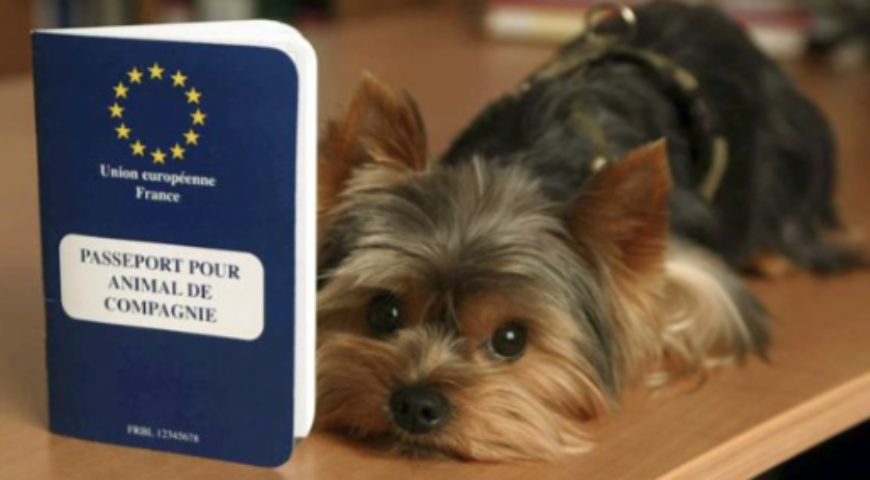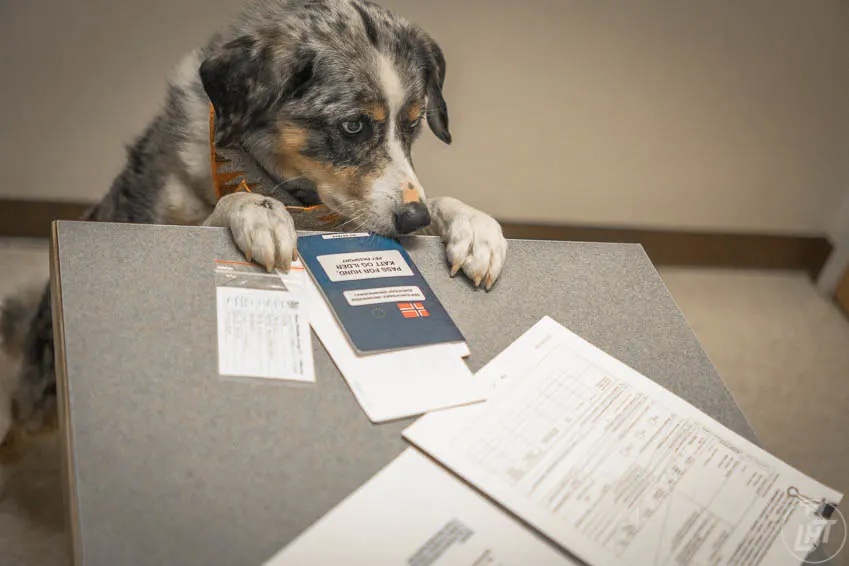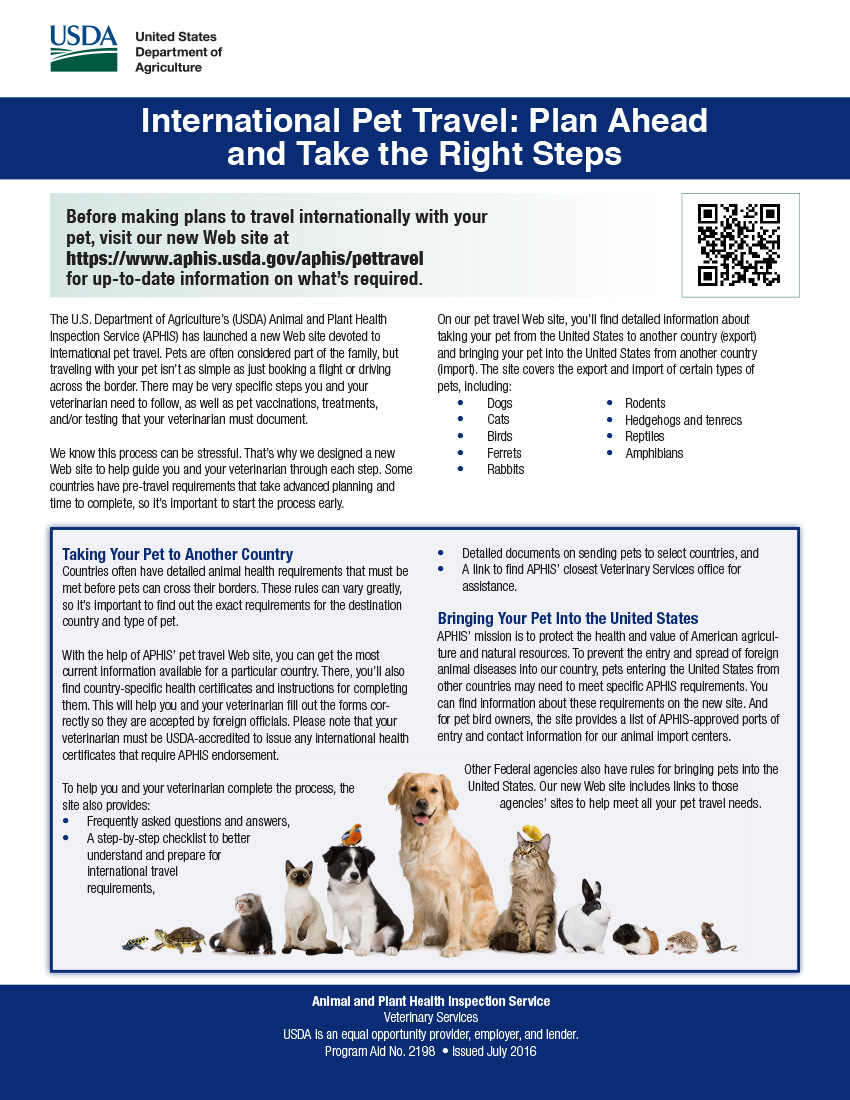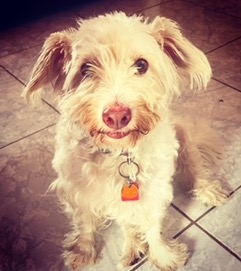If you’re considering flying with your dog, then here are some travel tips to check out before you head off on your international canine trip. This doesn’t contain any sponsored content (as several Google results do). I’m offering advice from my personal experience of flying with my dog to and from the US, Mexico, Colombia, Spain, France, and the UK—too many times to remember and in varying directions and multiple flight combinations. So, here you go!
- One: Don’t do it!
Only joking—kind of. Talking from (vast) past and current experience, if you’re flying internationally, with the exception of the US to Canada, and you want to take Fido in the cabin with you, it can be a logistical nightmare of epic proportions. So, unless you’re planning a long trip or relocating to another country, call in a dogsitting favor from a trustworthy friend or relative. If you’re still set on flying with your dog, then read on and get savvy regarding the travel challenges you may (and probably will at some point) encounter.

- Two: Consider a specialist service
If you have the money (and it’ll take a lot of it), splash out on a canine courier company. They’ll coordinate everything that’s necessary to ensure safe transportation: meeting the exact medical and airline requirements, the correct veterinary certifications, and exit and entry governmental documentation. Just make sure they’re a reputable company—do your homework and speak to a real person.

- Three: Research, research, research
Never, ever rely on Google search results from random blogs. The information can, and often is, outdated or just downright incorrect. The last thing you want is to turn up at the airport and be told your dog can’t fly, or even worse, land at your destination and be told your dog can’t enter. Exit and entry requirements can be drastically different depending on the countries you’re traveling between, and they’re subject to regular change. For instance, at the time of posting, no dogs can enter the USA from Colombia (and other countries that are deemed as “high risk” of rabies). The rule applies to all dogs, even if they have an up-to-date rabies shot and even if they are a registered service animal, such as a guide dog. No dogs. Period. The ban is for six months following your departure from a high-risk country, so don’t think you can sneak Rover in via Mexico after a week or two. If you’re entering the USA, always check the official CDC website before planning any travel. The same goes for all other countries—check their official government website guidelines for animal transportation before booking anything.

- Four: More research
Airlines have different requirements and restrictions regarding in-cabin canine travel. Even the same airline can have different rules depending on the flight path. And those rules are subject to change. So, carefully check the airline requirements (on the actual airline’s website) for the route you’re taking. Even if the airline allows you to book your dog’s transport online, still contact them via email and request a written confirmation. I can not state this strongly enough. Always get written confirmation from the airline that includes the agreed-upon list of requirements. I learned this lesson the hard way thanks to an hour-long, heated argument with an Air France check-in manager in Paris. Oh, and don’t assume that just because you’re traveling with the same airline and the same dog, same relevant paperwork, and same pet carrier, on the exact same route but in reverse that the same rules apply. They should do, but sometimes they just don’t. Make sure you have written confirmation from the airline (in the appropriate language) before heading to the airport.

- Five: Splash the cash
It’s great to save money whenever possible, but never, ever try to scrimp on a vet. Make sure you have a vet that’s fully certified and knows their sh** when it comes to international travel. A good vet saves you major headaches (and literally makes the difference between being able to board and disembark a plane or not). They will know which chip your dog requires, what vaccinations, treatments, and medications to administer, and how to fill out your pet’s passport correctly with all the relevant barcodes, stickers, and stamps. They will also know how to complete the necessary paperwork and have the government-recognized authority to do so. They’ll also be able to talk you through the exit procedure and timings (but still check the government website yourself, just in case).

In some countries, such as Spain and the UK, the vet will even be able to deal directly with the livestock exportation department and return the completed paperwork to you so you can blissfully head directly to the check-in gate. They’re the exception, though. In Latin America, you have to locate the appropriate government offices yourself. Then you have to take all of the paperwork from the vet (sometimes along with your dog, sometimes not) to the government offices and wait, wait, wait for them to approve and stamp the exit documentation. Oh, and different countries have different time restrictions—some insist paperwork to travel has to be approved within three days of departure, others five days, others, well, it depends on their mood. Research. Research. Research.

- Six: The photocopier is your friend
Unless you work in an office, who the hell has a photocopier these days? Well, if you’re traveling with your dog, then you better go locate one. You honestly can not have enough photocopies of each and every document relating to your dog. You might get lucky and encounter an official who’s kind enough to take a copy for you if required but don’t bet on it. And don’t expect the exact same export office to require the exact same documentation and number of copies. Another lesson I learned the hard way—at Mexico City airport when the resting bitch face government official suddenly decided that she required two copies of every single page of my dog’s passport. Something that’s never been asked for before or since. (Top tip: there’s a tiny little hostel about a half-hour from the airport that’ll do cheap photocopies for you AT ONE AM. Please note, though, it’s a hella shady walk to get there).
- Seven: Service, schmervice
Everyone knows the crafty get-around of registering your pet as an emotional support animal. Works like a treat in the US and Canada. Other countries? Not so much. Some will recognize EMS status, but most will not. Some won’t even recognize registered service animals, with the exception of guide dogs. Once again, peeps. Research, research, research.

- Eight: Time is more than a concept
It’s impossible to stress the importance of leaving yourself enough time when flying with a dog. Get to the airport four hours early. Hell, make it five and go grab a beer once you make it through security. You can think that you’re prepared as prepared can be, and something can still go wrong. Like an Aeromexico check-in pendejo in Oaxaca, suddenly deciding your dog’s carrier isn’t up to regulation, leaving you scrambling to find a pet store that’s open at 10 pm. (Once again: Get it in goddamn writing). Timing is essential when it comes to the vet too. Different countries require different procedures to be administered at different time periods. Confused? You will be. (Once again: Pay for a good vet).
Finally, yes, dogs really do have emotional feelings, so avoid putting them in the hold unless absolutely completely necessary. The Smithsonian magazine lists a bunch of reasons why it’s so stressful and awful for animals.
End note: you can never go wrong with drugs—just a little dose (for Luna but especially for you).

The writer’s dog Harper (full name: Harper Parker Bunny-Baxter) has been around the world with her.

